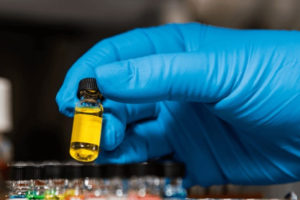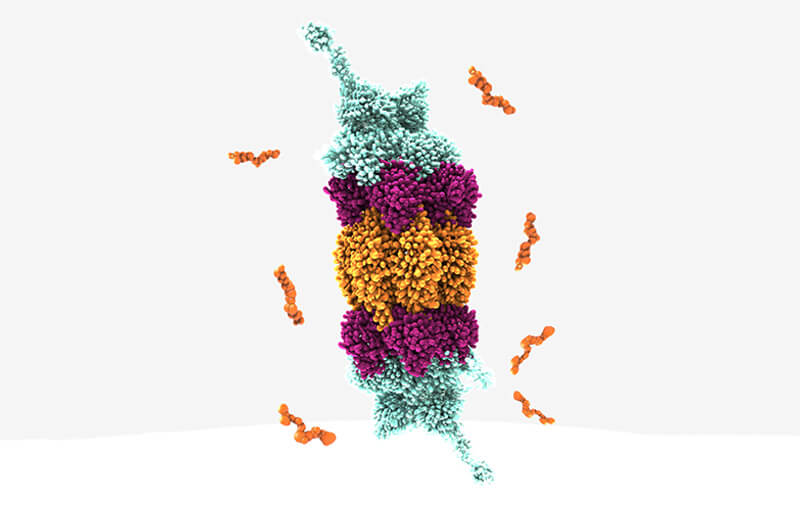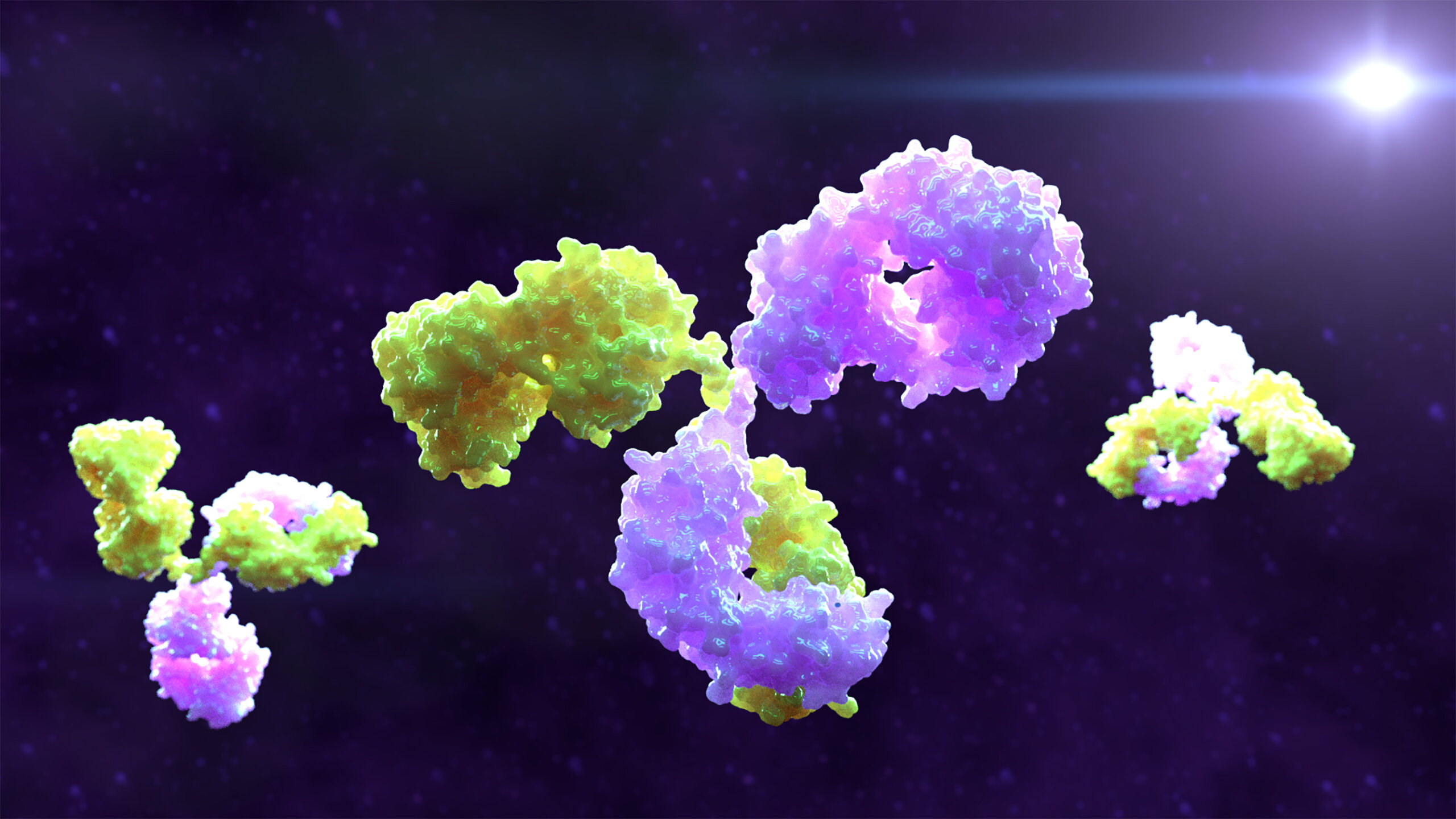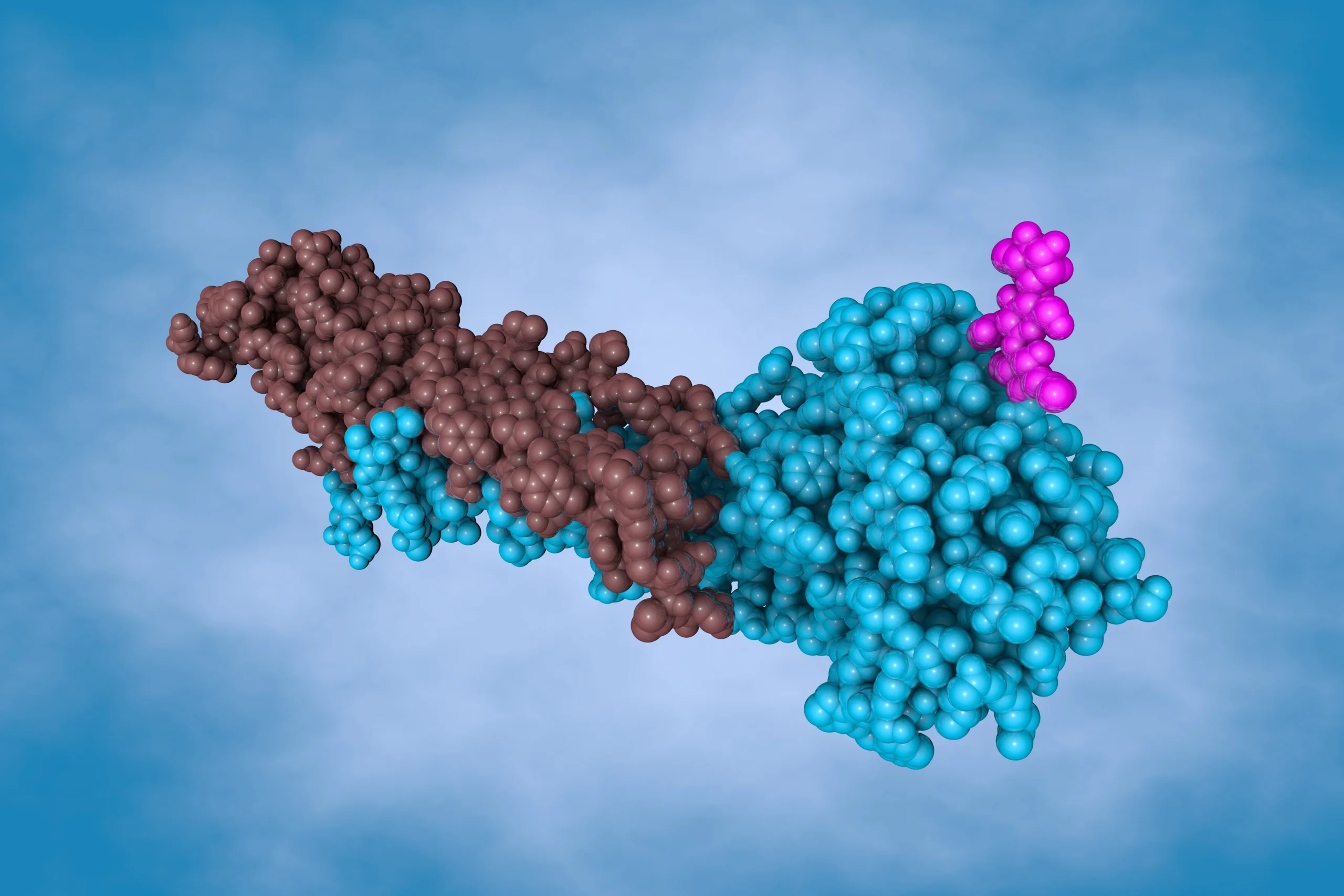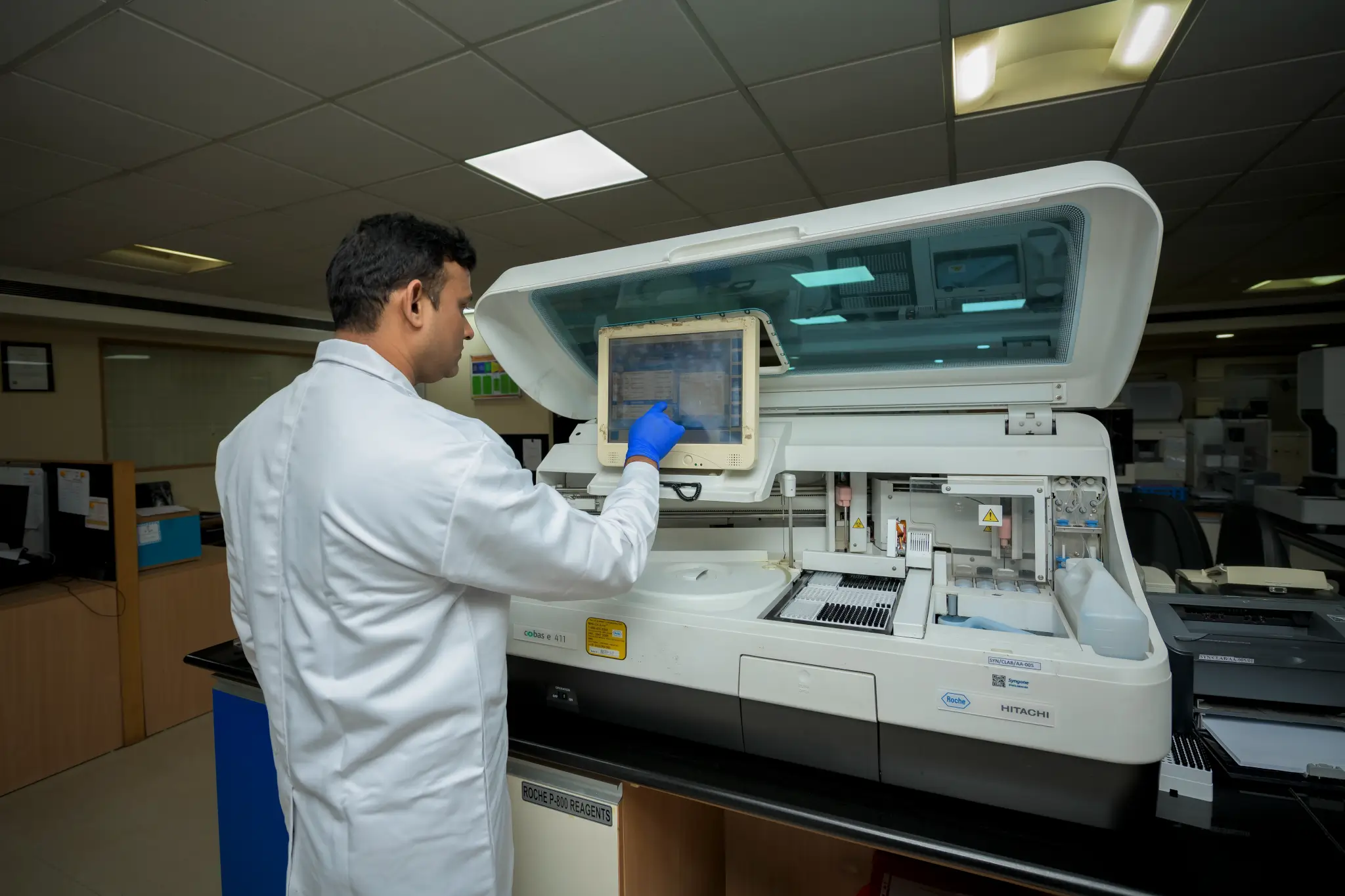Targeted protein degraders like PROTACs offer novel therapeutic potential but face ADME hurdles—poor solubility, permeability, and weak IVIVC. Experts Prasoon Chaturvedi (C4 Therapeutics), Vishwottam Kandikere, and Amol Raje (Syngene) discussed solutions.
These innovative molecules offer the potential to target “undruggable” proteins, but their complex structures present unique ADME (Absorption, Distribution, Metabolism, and Excretion) challenges that require specialized solutions.
In our recent webinar, Syngene’s team of 450+ dedicated protein degradation experts shared cutting-edge approaches to optimize these novel therapeutics. Here we distill the most critical questions and answers from that discussion.
Key Insights:
- Optimize assays for oral bioavailability.
- Address high protein binding and recovery issues.
- Leverage experience from marketed drugs (NUZYRA®, ONPATTRO®) and diverse modalities (ADCs, PROTACs).
Speakers:
Prasoon Chaturvedi, Ph.D. (IIT Roorkee, Harvard-trained) – Led DMPK for multiple INDs/NDAs.
Vishwottam Kandikere, Ph.D. (JNTU Hyderabad) – 25+ years in PK, 13 NCEs optimized.
Amol Raje (Nagpur Vet College) – Expertise in PROTACs, peptides, and clinical transitions.
PROTAC Optimization: Where Science Meets Innovation
Q: How is Syngene tackling PROTAC-specific ADME challenges?
Our team has developed a comprehensive toolbox for PROTAC optimization:
- Custom assays specifically designed for PROTAC solubility and lipophilicity issues
- Advanced structural biology using cryo-EM to understand target protein architecture
- Early-stage property-based design to eliminate non-viable candidates before synthesis
“One of our key differentiators is applying learnings from hundreds of PROTAC case studies to each new program,” notes Dr. Chandrasekaran. “This institutional knowledge helps us anticipate and solve problems faster.”
The PROTAC Lifecycle: From Binding to Degradation
Q: What happens after a PROTAC marks its target for degradation?
The process is elegantly catalytic:
- The PROTAC forms a ternary complex with its target protein and an E3 ligase
- Ubiquitination triggers conformational changes that weaken PROTAC binding
- The target is degraded while the PROTAC is released to repeat the process
This recycling capability means PROTACs can be effective at lower doses than traditional inhibitors – but only if we solve the ADME challenges first.
Cutting-Edge Solutions for Critical Challenges
Solubility Assessment
Q: How do biorelevant fluids improve PROTAC development?
We use two key simulated intestinal fluids:
- FaSSIF (fasted state): 3 mM bile salts + 0.75 mM lecithin
- FeSSIF (fed state): Higher surfactant content
“These fluids give us clinically-relevant solubility data that directly informs formulation strategy,” explains Dr. Chandrasekaran. “We’re seeing particularly good results with pH-adjusted versions for acid-sensitive PROTACs.”
Permeability Testing
Q: What’s the best approach for PROTAC permeability assays?
Our experience shows:
- Traditional PAMPA models often fail for PROTACs
- Cell-based systems (Caco-2, MDR1-MDCK) are preferred
- When in doubt, go straight to in vivo PK studies
Navigating Metabolism and Bioanalysis
PROTACs share some metabolic pathways with small molecules but present unique analytical challenges:
Challenge | Solution |
CYP3A4 metabolism | Early metabolite identification |
Tight protein binding | Ultracentrifugation with diluted plasma |
MS signal complexity | Optimize dionization parameters |
Key Insight: “We’ve found the unbound fraction remains the best predictor of pharmacological activity, even for these large molecules,” shares Dr. Chandrasekaran.
From Bench to Bedside: Translation Strategies
Q: How do we translate preclinical findings to human predictions?
Our team emphasizes:
- Understanding species-specific differences (e.g., cyno gut CYP3A4)
- Careful cassette dosing design to avoid drug-drug interactions
Stage-appropriate formulation strategies:
- Early discovery: Co-solvent systems
- Development: Advanced formulations like micronization
The Road Ahead
As PROTACs move through clinical development, solving these ADME challenges becomes increasingly critical. Syngene’s integrated approach – combining deep scientific expertise with purpose-built assays and predictive modeling – is helping accelerate this promising new class of therapeutics toward patients in need.






